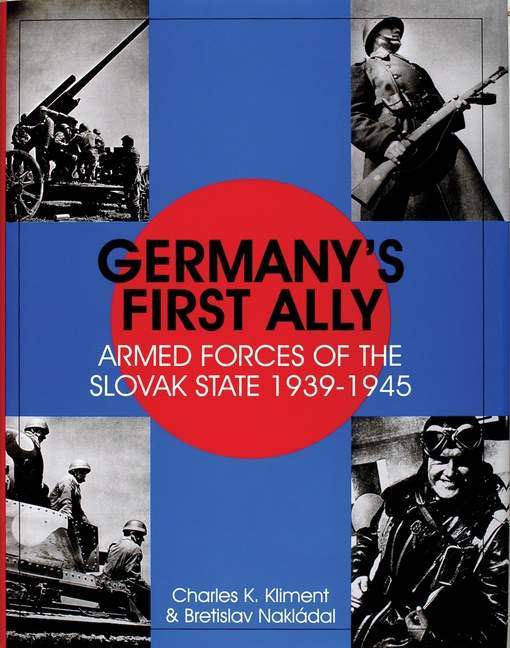Slovakia split from Czechoslovakia and formed its own state on March 14, 1939. The Slovak State was born under the auspices of Hitler’s Third Reich and became its first ally on September 1, 1939, when it took part in the invasion of Poland. The Slovak army inherited its weapons, equipment, training manuals and its doctrine from the defunct Czechoslovak Army. Though hampered by a shortage of specialists in its air force, armored units and artillery, it managed to field several division-sized units and sustain them during the initial three years of combat on the Eastern front. Its Mobile division fought its way all the way from the Carpathian Mountains to the Caucasus. In the last years of the war, the Slovak people became more and more disillusioned with the war and with their own semi-fascist government. These feelings led to mounting desertions in the fighting units, and culminated in the Slovak National Uprising in August 1944. Though the uprising was liquidated after two months of bitter fighting, it gave the Slovak nation the right to join the victorious allies and be accepted back into the restored Czechoslovakia. Though the Slovak army was by far the smallest of the armies of Germany’s allies on the Eastern front, it was part of this grandiose “clash of titans” and deserves thus a place in the history of the Second World War. This book describes in detail the composition, dislocation and equipment of all branches of the Slovak army (infantry, artillery, armored and air force) and its operational history through the war years.

